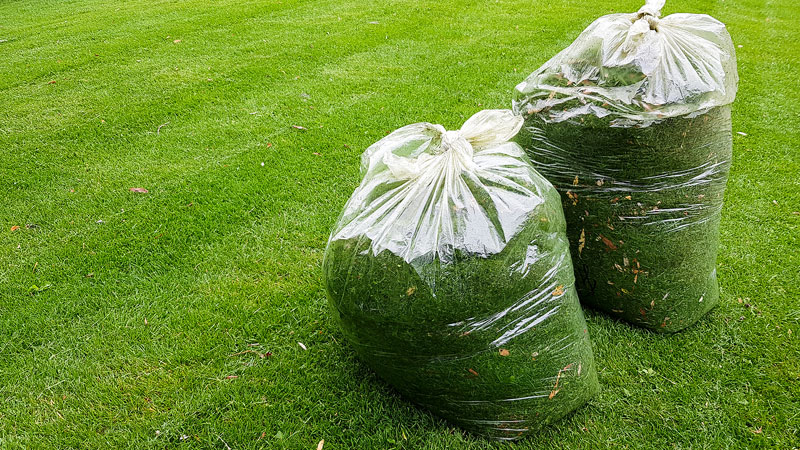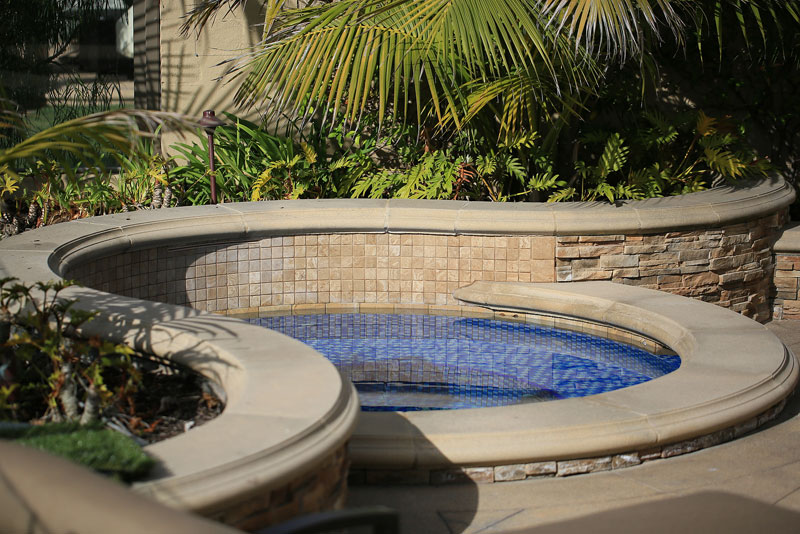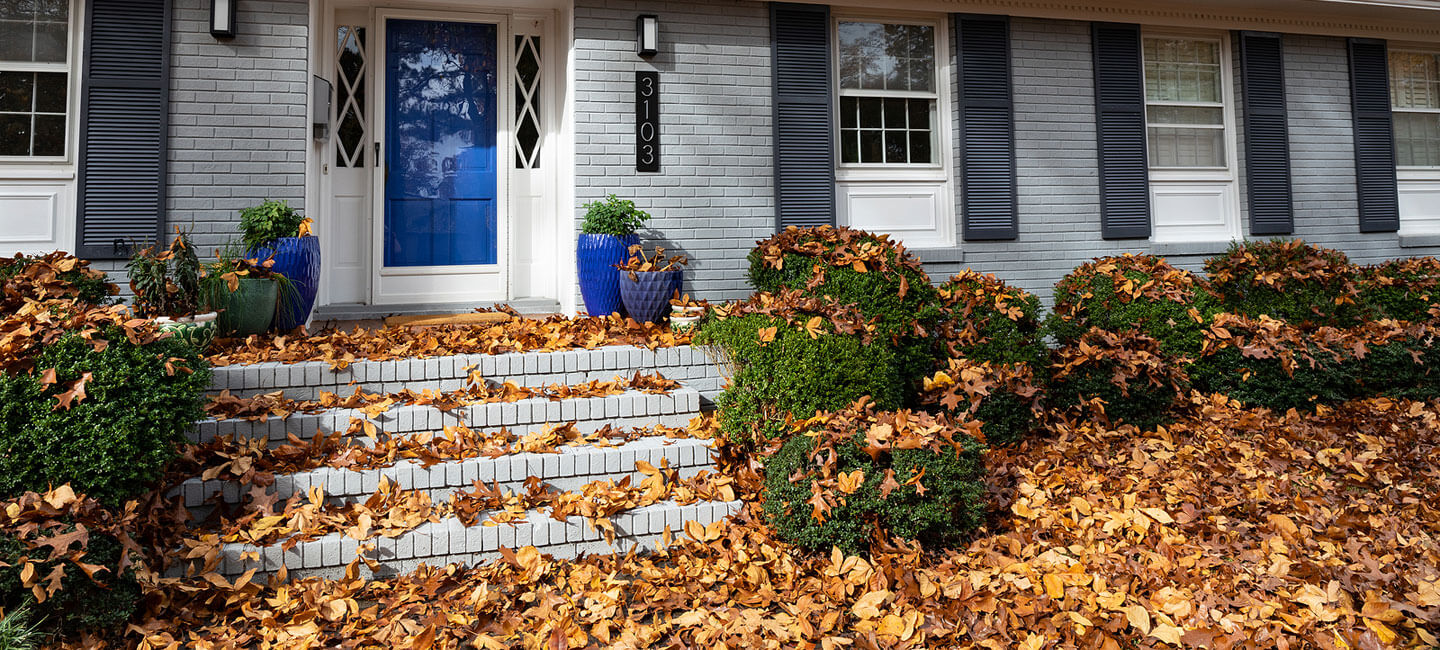A beautiful landscaped commercial property significantly improves your business curb appeal. A well-maintained commercial property indicates attention to detail and professionalism.
An unkempt lawn sends the message that you don’t care about your business. The state of your commercial property will be the difference between the client choosing you or your competitor.
Most property owners understand the importance of quality landscaping to attract clients, customers, and employees. An attractive lawn will make a good first impression on anyone who visits your property. You do need to remember that maintaining a healthy and attractive lawn requires a little bit of effort.
Before you start lawn care maintenance, you should ascertain the overall health of your lawn. If you have little grass and large areas of weed, you should prepare a new lawn.
Tips for Commercial Property Lawn Care Maintenance
Commercial lawn care is a health care program for your lawn. A healthy lawn will be able to fend off most diseases, survive insect attacks, and out-compete most weeds. This will help in preventing most landscaping problems before they occur.
Tailor lawn care to suit local conditions. Take into account factors such as type of soil, amount of rainfall, and type of grass when landscaping your commercial property.
Caring for the lawn will enhance its appearance and also contribute to environmental benefits. Thick lawn grass prevents soil erosion, absorbs airborne pollutants, and filters contaminants from rainwater.
- Healthy Soil and Grass
Healthy soil is the foundation of a green lawn. Lawns with good soil texture, right pH and key nutrients grow well. A soil test will enable you to ascertain the pH level of the soil. This will help in choosing the right compost and fertilizers for the soil.
Always choose a grass type that thrives in your climate. There are different types of grasses that do well in different types of climates. The right choice of grass will give better results.
The soil test will help you know whether the soil in your lawn is acidic or alkaline. Depending on the nature of the soil, you can choose the best type of grass for your lawn.
After you have eliminated the weeds from the lawn, you should start improving the soil. Even good soil tends to degrade with time. Dethatching is a process that helps improve soil health.
A dethatching rake or garden rake can be used to rake the lawn. This will help in removing the thatch (dead grass). Dead grass and other debris prevent nutrients, water, and oxygen reaching the root system of the grass.
- Deep Watering
Proper watering techniques are important for an attractive and healthy lawn. Most people wait too long before they start watering the lawn.
Deep watering is best for grass and other plants in your lawn. This will encourage deeper root growth. Shallow watering will result in a limited root system.
Watering frequency depends on the soil, weather, and type of grass. Most grass varieties need one inch of water each week. This is the required water quantity for the healthy growth of grass.
When watering the lawn, moisten the top three to four inches of soil covering the root zone. The best time to water grass is in the morning. This allows the water to dry in the evening. If the grass is wet for long, it becomes susceptible to disease.
- Fertilize
Healthy and thick lawns are less susceptible to weeds. When you fertilize the lawn at the right time, you will be able to provide the grass with the necessary nutrients necessary for healthy growth.
It is best to fertilize the grass in early winter. This will help in replenishing the nutrients lost in the summer. Fertilizing in early spring will promote root development.
The many factors taken into consideration when fertilizing include soil, type of grass, and weather. Avoid over fertilizing the soil, as it will cause more harm than good.
The fertilizer application schedule will depend on the type of grass in the lawn. A regular fertilizing schedule will help keep the lawn looking great year after year. It is best to fertilize light in early spring and more in the fall.
Choose a mix of fast and slow release fertilizers. This will help green up the lawn quickly and keep providing it with the necessary nutrients over time. Don’t apply other chemicals such as insecticides when you apply fertilizers to the soil.
- Weed Control
Weeds often lurk in the grass. If the weeds are not removed at regular intervals, they will cause considerable harm to the lawn.
Lawns affected by insects or diseases are susceptible to weed invasion. Once established weeds may be difficult to cut. Stop weeds from gaining a foothold in your lawn.
If you don’t take preventive measures at the right time, the entire lawn will be overrun with weeds. Eliminating weeds from the lawn will help the growth of healthy and lush grass.
Remove the weeds by hands or apply a weed control product to the entire lawn. This will help control the spread of weeds. Regular lawn maintenance is important to prevent weed growth.
- Cutting Height
The height at which you mow the grass will depend on the season and the type of grass. Cut warm climate grasses ½ inch lower than cold climate grasses.
The cutting height is 2 ½ inches for cool climate grasses. This is the cutting height for the first mowing of the year. Increase the cutting height by 3 – 4 more inches in summer. Reduce it to 2 ½ inches in the final cutting of the year.
Commercial landscaping removes not more than one-third of the total height of the lawn grass. This will keep it green and vibrant. In most lawns, the root structure is equal to the height of the grass. When you manage the amount of grass cut, you will be able to maintain a healthy lawn.
Cut the grass using a sharp blade. If the blades are dull or damaged, they will harm the grass. Damaged blades will rip the grass apart. This will cause the grass to turn yellow and wither.
Always cut the grass to the right length. Not too short and not too long. Cutting the grass too short will destroy or damage the root system or cause the grass to turn brown.
Mowing high will help produce healthy and stronger grass. You will also have fewer pest and disease problems. Leave short clippings on the grass after the mowing process. This will help in recycling nitrogen. It is not just good for the lawn but the environment too.
Mow often as grass adjusts better to frequent mowing. When you mow often, you will not be cutting more than one-third of the total height of the grass.
- Aerate
Aeration will help the lawn to breathe. Apart from water and other nutrients, grassroots also need oxygen. Aeration improves air circulation to the roots. This allows fertilizer and water to penetrate the soil efficiently. It also opens space for roots to expand.
Lawn aeration breaks the soil surface. This is done by punching holes in the earth surface. A core aerator (plug aerator) removes clumps of soil from the lawn. This will help fertilizers, water, and oxygen reach the roots of the grass.
Aerate cold season grasses in the fall. Warm season grasses should be aerated in late spring. There are different tools that can be used to aerate the lawn soil. When you aerate the lawn at regular intervals, you will be able to avoid weed growth. Aeration will help produce healthy grass.
- Control Lawn Pests
Disease and insects can wreak havoc on a lawn. If left unchecked they can contribute to a bare or thin patch in an otherwise healthy lawn. Insecticides are effective in controlling lawn pests.
Before you use any kind of insecticide it is important that you gain knowledge about it. This will enable you to use the insecticide in a wise manner. You can also choose organic alternatives to get rid of insects and diseases in your lawn.
- Repair Bare Spots
Bare spots in an otherwise healthy lawn look bad. This could be due to heavy foot traffic, disease, and insect or weed infestation. Before you start the process of fixing it, you should identify the cause of the problem.
Overseeding is effective in fixing bare spots in the lawn. This will help the grass grow green and healthy. Late spring is the best time to repair bare spots of the lawn. Overseeding will help the grass reach its full potential.
If your commercial lawn is damaged and requires a quick fix, you can opt for sodding. Sod installation will help your lawn look green and attractive within no time. Commercial property lawn care involves a lot of work. It is best to seek professional help if you want your lawn to look its best all year long.
Commercial landscaping services will help your property look good from the outside and inside. Regular maintenance will keep your commercial property looking amazing at all times.



